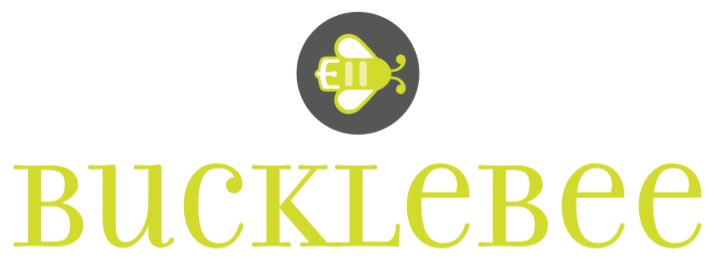A Stick with a Hole in the End
Archaeologists are finding very, very old textiles. The most ancient finds are all articles of clothing: socks, smocks, and coats. Before humans and their forebears were weavers, they were constructing garments from leather, leaves and plant fiber. The basics of stitching have not changed: the worker pulls a thread, sinew or plant fiber through holes in the materials to be joined, shaping them to a dedicated purpose. The best tool for this is a needle: a stick with a hole on one end and a point on the other. It amazes me that this most basic of tools has not changed in 50,000 years. The oldest intact bone needle, found in a cave in Siberia in 2016, is thought to be 51,000 years old. It's older than we are: there were no homo-sapiens in that part of the world at that time. The ancient sewing tool was crafted by either Neanderthal or Denisovans. It's made of bird bone, about 3" long and sharply pointed.
The eye of the needle is the eureka! discovery. Before we began drilling holes in slivers of bone or wood to aid in the sewing process, threads were pushed through holes in the material at hand. I stand in reverent thanks to the person who realized that a simple hole in a sewing stick would make the process easier and more efficient.
